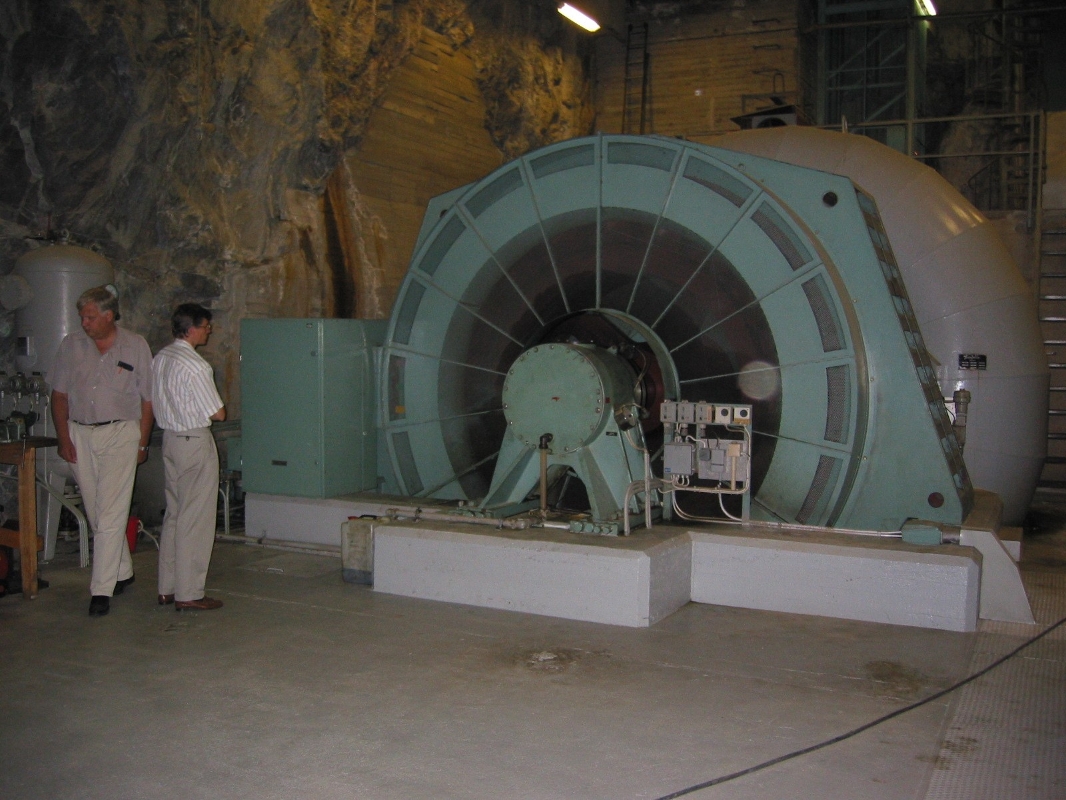Hirvikoski
Facts

The power plant is situated by the Nurmonjoki River, which is a tributary of the Lapua River, which in turn flows into the Gulf of Bothnia at Uusikaarlepyy.
Hirvikoski is an underground facility and the water to the station is led through a 500-metre-long tunnel. The only part of the power station that is visible above ground is the control room, which is housed in a small brick building. Renovation work carried out in 2007 and 2008 included the modernisation of the turbine and electrical equipment, refurbishment of the automation systems, and electrification of the plant.
Hirvijärvi is an artificial lake built by the Finnish state to regulate the Lapua River and substantially reduce the risk of flooding. A total of eight regulated lakes are part of the Hirvijärvi lake system. Nearly all the dams in the system can be controlled remotely. The Finnish state owns the dams and is responsible for regulating the Hirvijärvi lake system.
Hydro power in Finland
Large-scale hydro power plant construction took place after the Second World War, when the country's reconstruction and the paper and pulp industry required a great deal of energy.
The largest hydro power stations are located in the rivers of northern and north-eastern Finland. Around half of the watercourses have been modified for electricity generation. Unregulated rapids are protected, so extra capacity can be obtained by increasing the efficiency of old power stations or creating artificial lakes.

